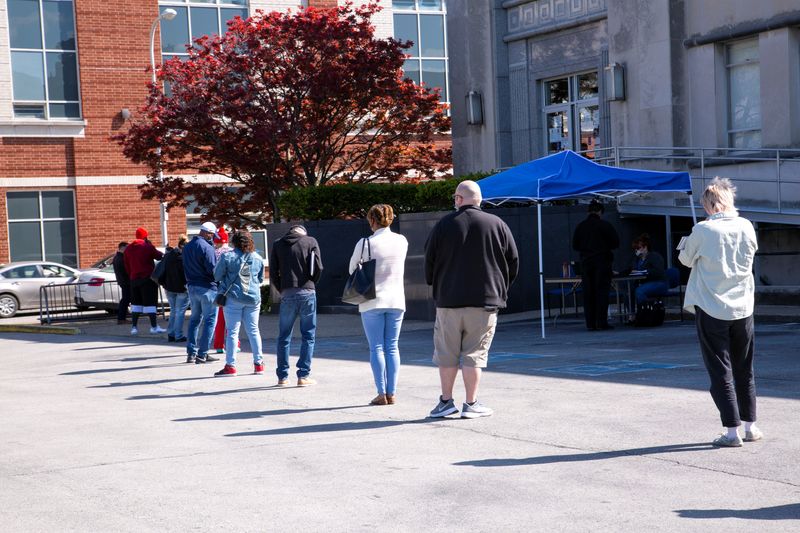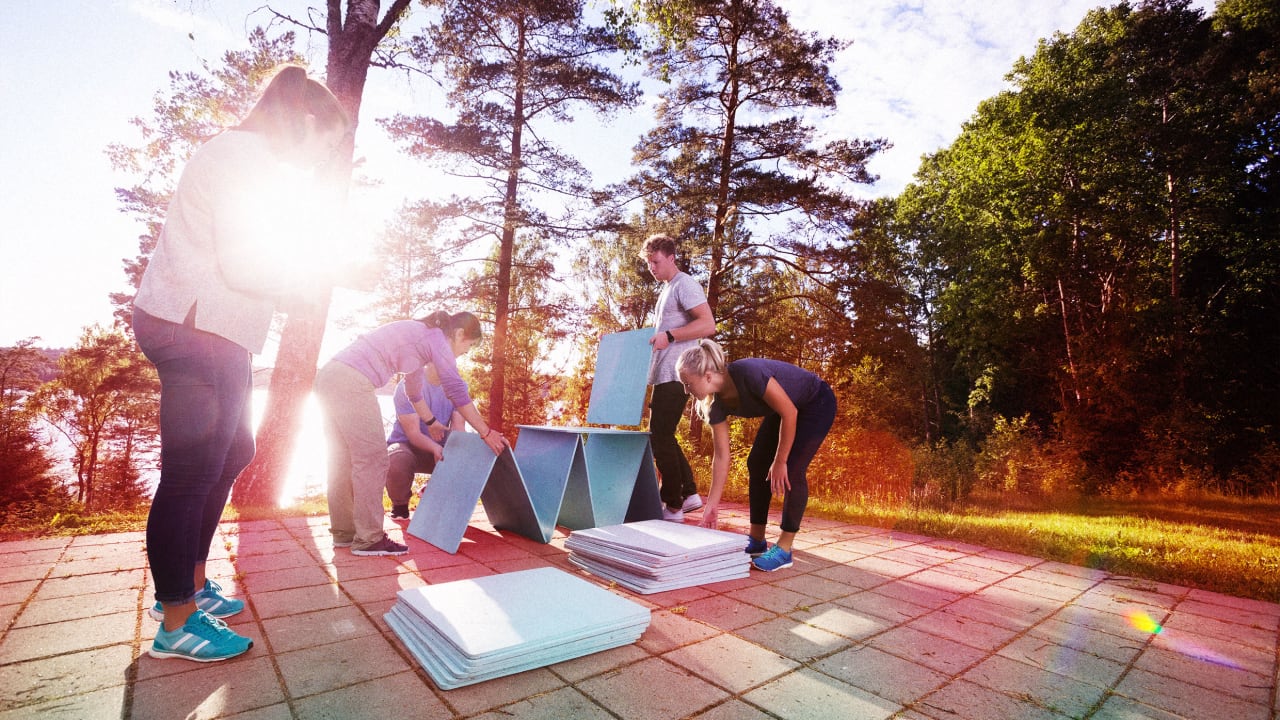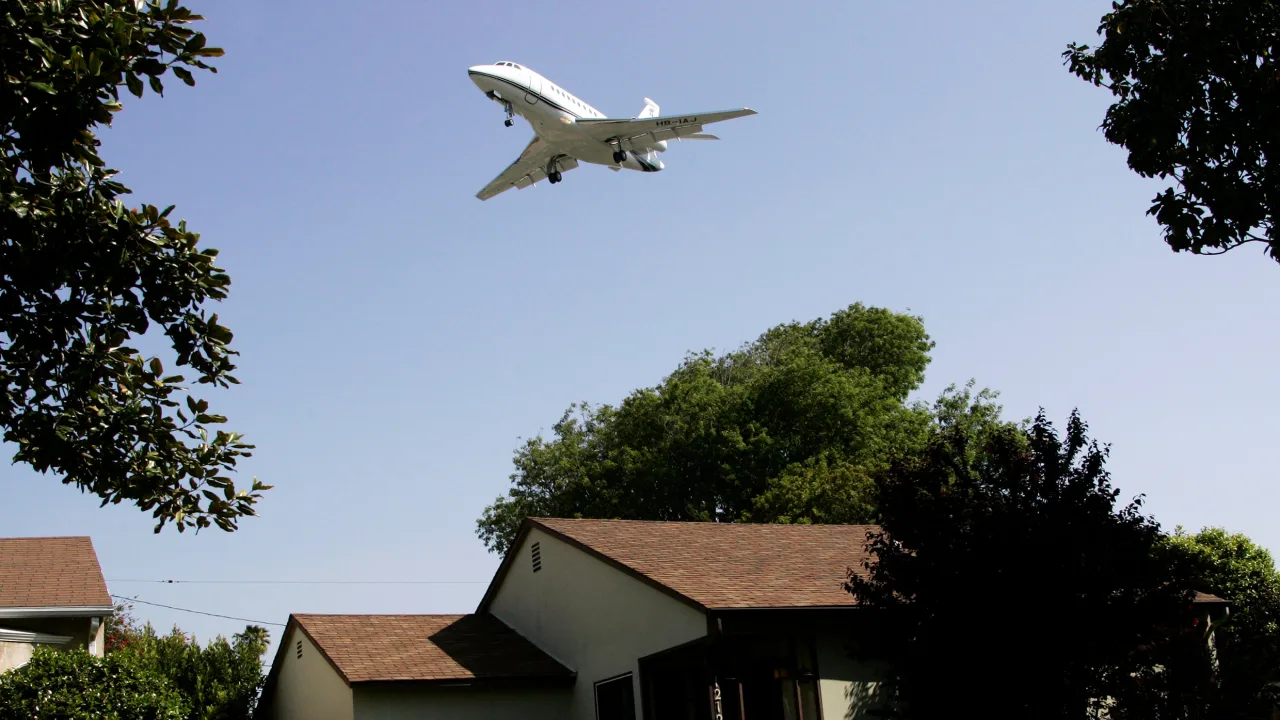San Francisco transformed an old parking lot into affordable housing for public school teachers
After nearly a decade of planning and consultation, the San Francisco Unified School District has made its first venture into the unexpected—and increasingly relevant—business of affordable housing development. The district just opened Shirley Chisholm Village, a 135-unit housing complex in San Francisco’s oceanside Sunset District. Built on district-owned land, with affordable rents and preference given to SFUSD educators, it’s a model for the ways urban school districts can use their extensive land holdings to address the housing-affordability challenges faced by their own employees. The $105 million project was developed by the nonprofit MidPen Housing with a design by San Francisco-based BAR Architects & Interiors, in coordination with the San Francisco Mayor’s Office of Housing and Community Development. The units, set aside for residents who earn between 30% and 100% of the area’s median income, range from studios up to three-bedroom apartments. Other school districts have taken similar approaches, including the Los Angeles Unified School District, which began developing underutilized district-owned sites into housing back in 2009. SFUSD’s first foray into housing development stands out for both its design and the process behind it. [Photo: Bruce Damonte/courtesy BAR Architects & Interiors] The design of the building and its range of amenities were influenced directly by the preferences of the district’s teachers. A panel of educators helped guide the decade-long planning process to bring about the project, participating in workshops to shape its amenities and social spaces. “One of the main things that came out of those workshops was the desire to have a space to work when they came home, but not to work from their apartment,” says architect Patricia Centeno, a principal at BAR Architects & Interiors. The architects carved out a space on the five-story building’s top floor, facing the ocean, for a work-from-home lounge and gathering space. [Photo: Bruce Damonte/courtesy BAR Architects & Interiors] Other input from educators guided the way the project interfaces with the surrounding community, which is primarily made up of modest single-family homes. Dropping a 135-unit building in the middle of the neighborhood could have been a shock, but the designers worked to ensure the building and its site were not an imposition. [Photo: Bruce Damonte/courtesy BAR Architects & Interiors] It was a tricky balance to strike, because not long ago the site was a wide-open asphalt parking lot with a small, underutilized storage building, and the community had turned the parking lot into a makeshift neighborhood park. Nearly an acre and a half, it was used for basketball, skateboarding, and a range of other recreational activities. Replacing that with housing—especially housing that was at least a story or two taller than everything around it—could have been grounds for a vocal opposition campaign. The architects focused on making sure the project’s footprint was as small as possible. “One of our goals was to try to find a way to incorporate a portion of [the community park],” says Centeno. “We knew we were never going to be able to create something as extensive as what they had, but we worked with our client to see if we could meet the goal for the total number of units, and also create some sort of common public space.” [Photo: Bruce Damonte/courtesy BAR Architects & Interiors] What they came up with is a publicly accessible plaza, playground, and seating area placed in a carve-out along one of the project’s street-facing edges. “It’s a little bit of a return to the neighborhood,” says Chris Haegglund, president and CEO of BAR Architects & Interiors. A small one-story annex building that sits nearby is intended to be leased out to a local nonprofit. These spaces, and several residents-only common areas, were made possible by creatively shaping the building into an elongated H as seen from above, filling in the voids with courtyards and green space. [Photo: Bruce Damonte/courtesy BAR Architects & Interiors] From the street level, the building was designed to blend into the low-slung neighborhood as much as possible, despite rising to four and five stories in various places. Haegglund says the structure was stepped down at its edges to make a smoother transition to the smaller homes on either side. This nod to the context is also a geographical reference, evoking the sand dunes that once made up this section of San Francisco before development. “We’re trying to create a building that feels contemporary,” says Centeno. “But we’re trying to fit into a neighborhood of homes that were largely built in the ’30s, ’40s, and ’50s, which is kind of newer by San Francisco standards.” [Photo: Bruce Damonte/courtesy BAR Architects & Interiors] To give the building that contemporary feel, the architects put an undulation into the roofline, having it mimic rolling dunes and refere
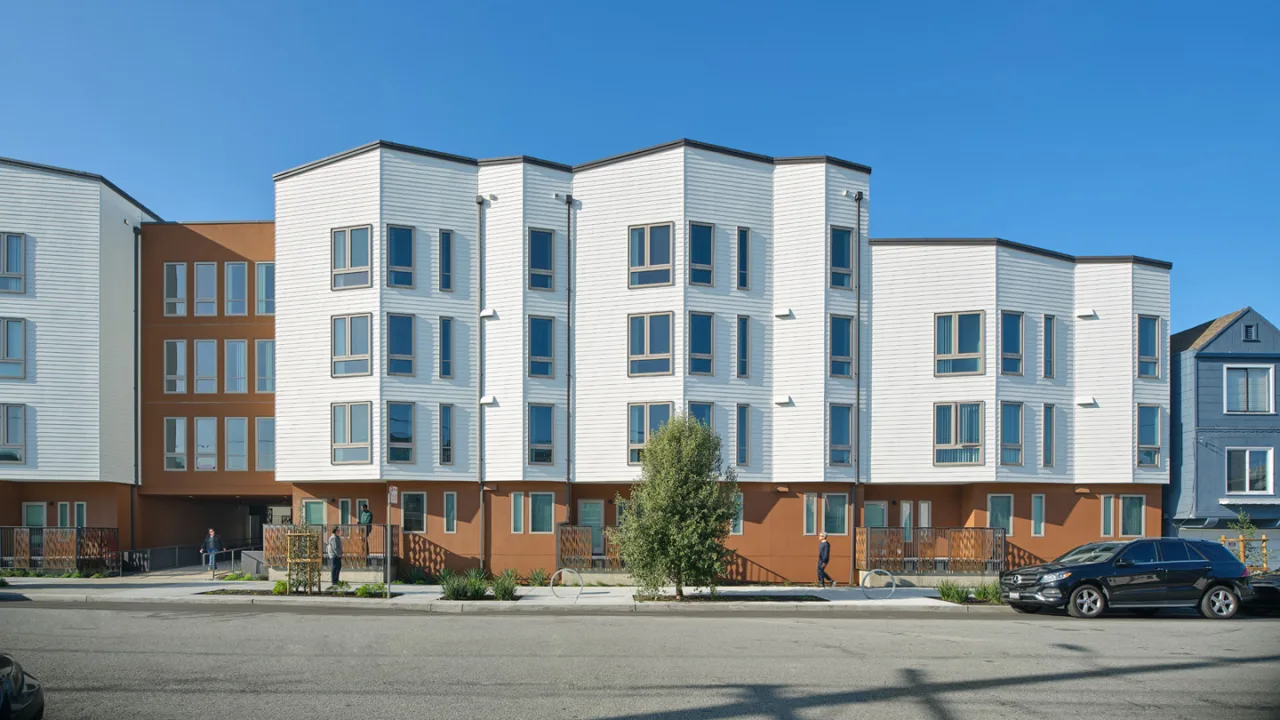
After nearly a decade of planning and consultation, the San Francisco Unified School District has made its first venture into the unexpected—and increasingly relevant—business of affordable housing development. The district just opened Shirley Chisholm Village, a 135-unit housing complex in San Francisco’s oceanside Sunset District. Built on district-owned land, with affordable rents and preference given to SFUSD educators, it’s a model for the ways urban school districts can use their extensive land holdings to address the housing-affordability challenges faced by their own employees.
The $105 million project was developed by the nonprofit MidPen Housing with a design by San Francisco-based BAR Architects & Interiors, in coordination with the San Francisco Mayor’s Office of Housing and Community Development. The units, set aside for residents who earn between 30% and 100% of the area’s median income, range from studios up to three-bedroom apartments. Other school districts have taken similar approaches, including the Los Angeles Unified School District, which began developing underutilized district-owned sites into housing back in 2009. SFUSD’s first foray into housing development stands out for both its design and the process behind it.

The design of the building and its range of amenities were influenced directly by the preferences of the district’s teachers. A panel of educators helped guide the decade-long planning process to bring about the project, participating in workshops to shape its amenities and social spaces.
“One of the main things that came out of those workshops was the desire to have a space to work when they came home, but not to work from their apartment,” says architect Patricia Centeno, a principal at BAR Architects & Interiors. The architects carved out a space on the five-story building’s top floor, facing the ocean, for a work-from-home lounge and gathering space.
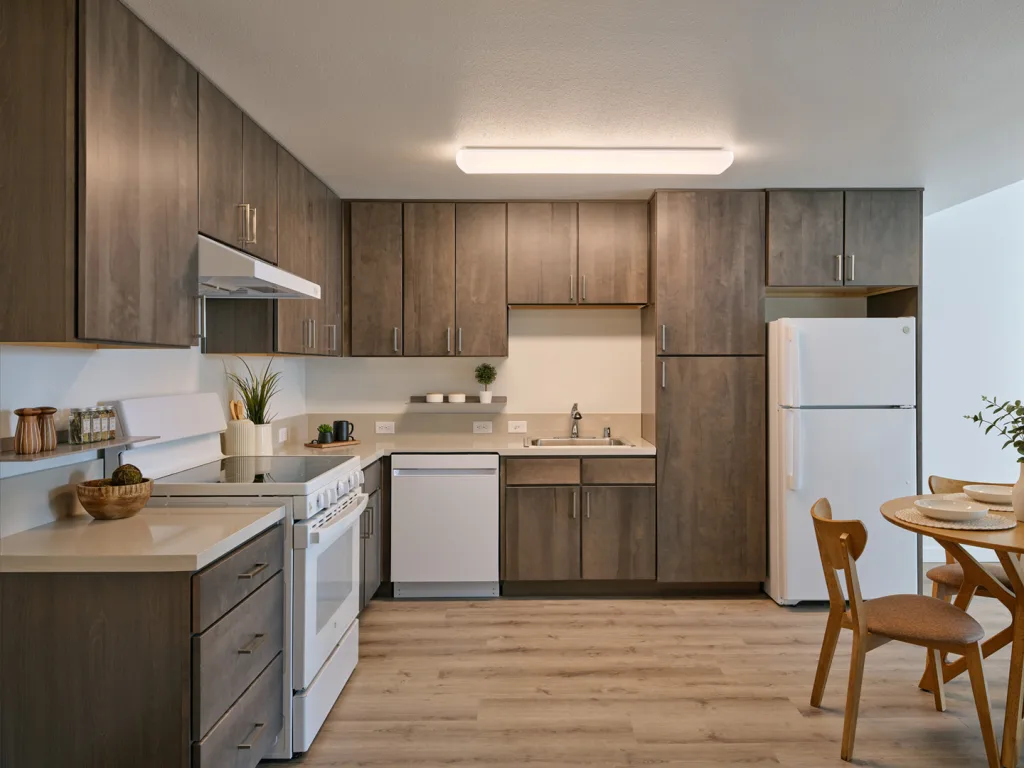
Other input from educators guided the way the project interfaces with the surrounding community, which is primarily made up of modest single-family homes. Dropping a 135-unit building in the middle of the neighborhood could have been a shock, but the designers worked to ensure the building and its site were not an imposition.

It was a tricky balance to strike, because not long ago the site was a wide-open asphalt parking lot with a small, underutilized storage building, and the community had turned the parking lot into a makeshift neighborhood park. Nearly an acre and a half, it was used for basketball, skateboarding, and a range of other recreational activities. Replacing that with housing—especially housing that was at least a story or two taller than everything around it—could have been grounds for a vocal opposition campaign.
The architects focused on making sure the project’s footprint was as small as possible. “One of our goals was to try to find a way to incorporate a portion of [the community park],” says Centeno. “We knew we were never going to be able to create something as extensive as what they had, but we worked with our client to see if we could meet the goal for the total number of units, and also create some sort of common public space.”
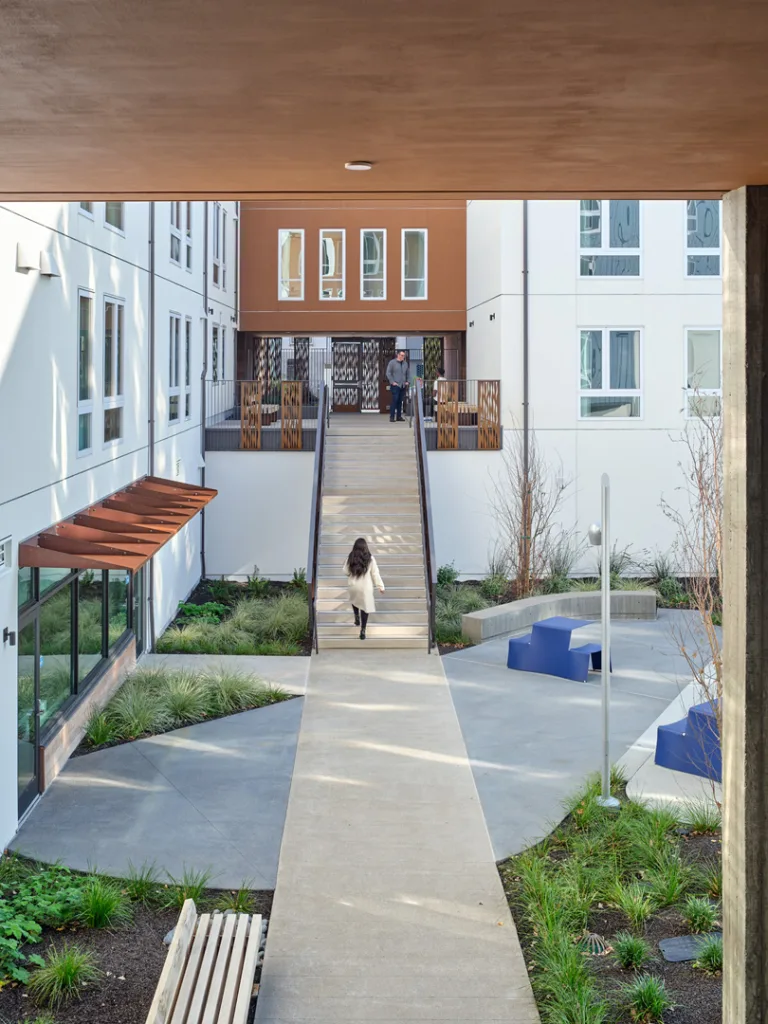
What they came up with is a publicly accessible plaza, playground, and seating area placed in a carve-out along one of the project’s street-facing edges. “It’s a little bit of a return to the neighborhood,” says Chris Haegglund, president and CEO of BAR Architects & Interiors. A small one-story annex building that sits nearby is intended to be leased out to a local nonprofit.
These spaces, and several residents-only common areas, were made possible by creatively shaping the building into an elongated H as seen from above, filling in the voids with courtyards and green space.

From the street level, the building was designed to blend into the low-slung neighborhood as much as possible, despite rising to four and five stories in various places. Haegglund says the structure was stepped down at its edges to make a smoother transition to the smaller homes on either side. This nod to the context is also a geographical reference, evoking the sand dunes that once made up this section of San Francisco before development.
“We’re trying to create a building that feels contemporary,” says Centeno. “But we’re trying to fit into a neighborhood of homes that were largely built in the ’30s, ’40s, and ’50s, which is kind of newer by San Francisco standards.”
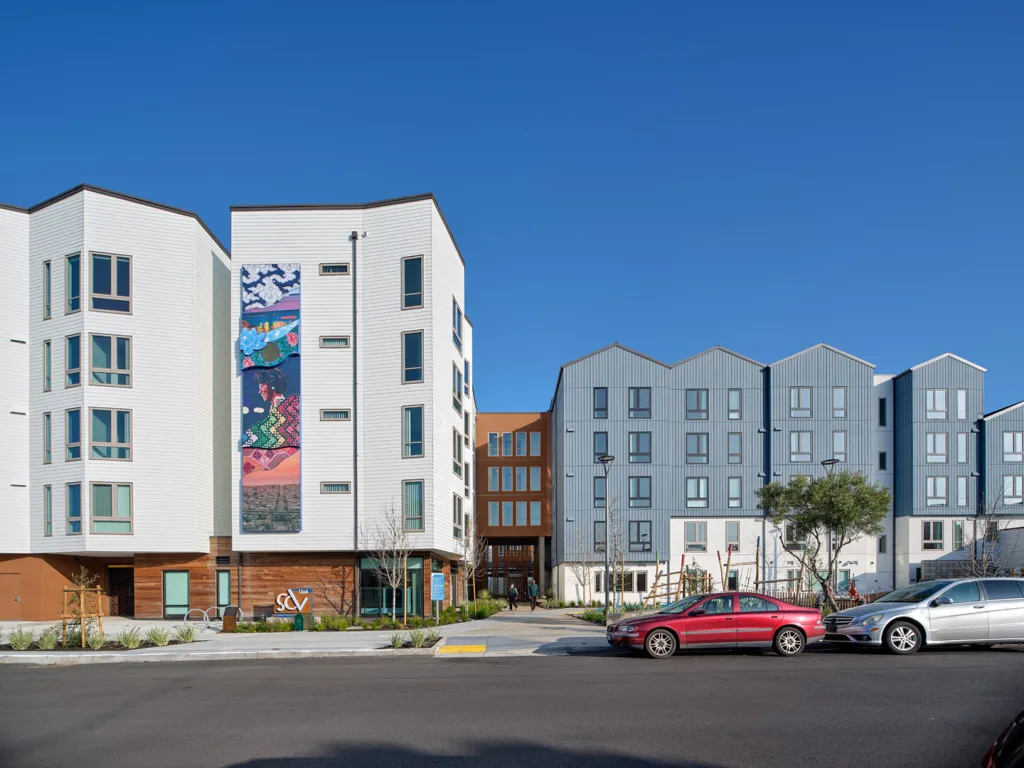
To give the building that contemporary feel, the architects put an undulation into the roofline, having it mimic rolling dunes and referencing the roofs of the nearby houses. This undulation was also added to the facade of the building in a nod to the bay windows common in the region.
Though the project was not required to include parking under the city’s zoning code, the developers chose to include some underground spaces, partly to assuage neighborhood concerns about street parking and partly at the request of the educators who helped guide the design process. Despite ample public transportation in much of San Francisco, this neighborhood is on the fringes, and some were concerned about potentially long commutes to schools in other parts of town.
As a district-owned site, it does have the benefit of being embedded in its neighborhood, which makes its conversion to housing—and the conversion of other district-owned sites—very logical. And Shirley Chisholm Village is just the start. SFUSD has three other housing projects in the works.

























